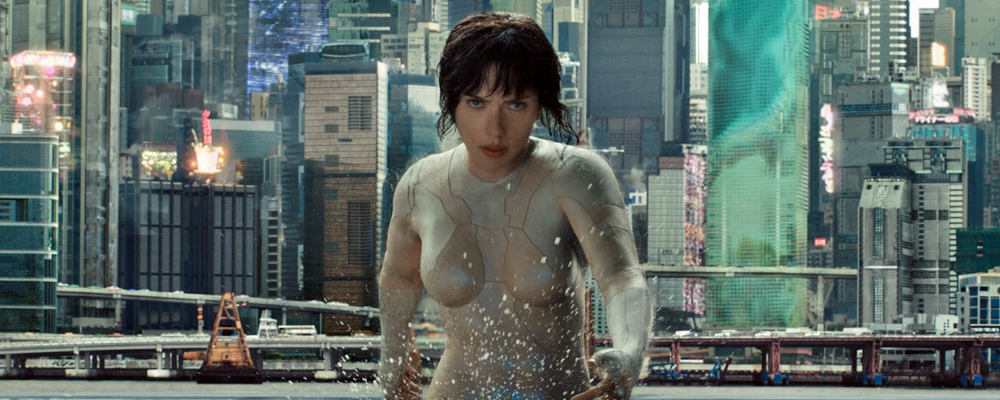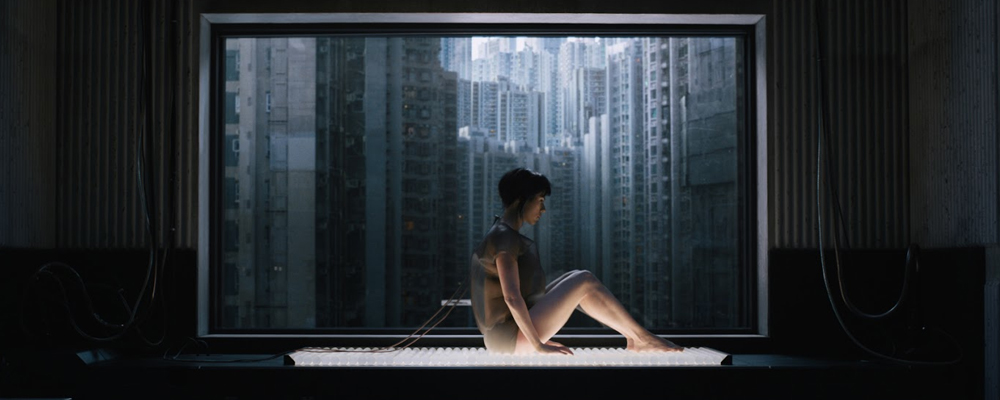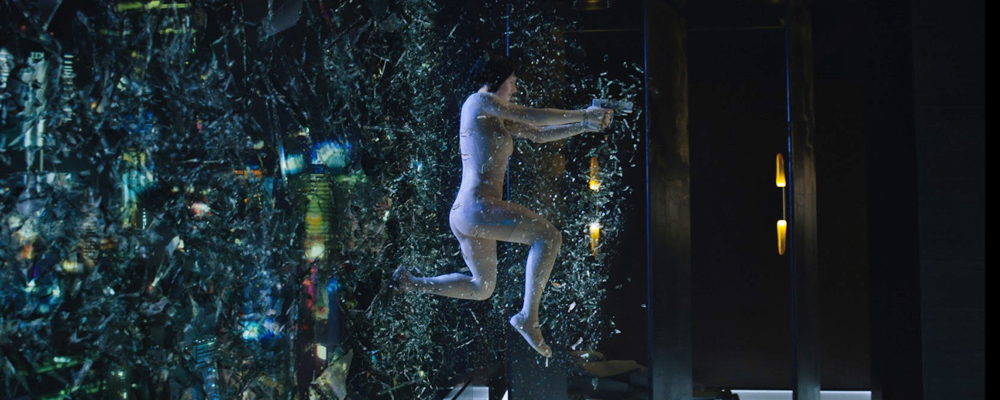‘Ghost in the Shell’ Remake Honors Original Anime Despite Scarlett Johansson Casting Controversy
Allyson Gronowitz
Scarlett Johansson of Black Widow fame dons another brand of skin-tight armor for “Ghost in the Shell,” the live-action remake of Mamoru Oshii’s 1995 anime classic. As Major, Johansson plays the first of a new kind of specimen: a cyber-enhanced super-soldier dedicated to stopping the world’s most dangerous criminals. Directed by British filmmaker Rupert Sanders (whose only other feature film directorial credit is the equally gritty “Snow White and the Huntsman”), “Ghost in the Shell” aims to honor fans of the original 1995 film and the beloved manga by Masamune Shirow – mainly by recreating its thrilling, futuristic setting and injecting new life (and stunning special effects) into a classic franchise.
The 1995 “Ghost in the Shell” film opens with a now-iconic “shelling” sequence that depicts the mechanized construction of Major, and Sanders’ iteration painstakingly recreates the scene to introduce this brave new world: a cyberpunk version of the near future, where technological advancements have made it possible to transplant human consciousness into a new body. After a traumatic accident, Major undergoes this procedure and is tapped to lead the special ops task force, Section 9, to stop a mysterious criminal, Kuze (Michael Pitt), from eliminating Hanka Robotics’ cyber advancements. But Major soon learns that there is more to her personal history than what was revealed to her, and she embarks on a quest to discover her true identity and purpose. “They created me,” she says, “but they cannot control me.” Pilou Asbæk, Takeshi Kitano and Juliette Binoche also star.
Aesthetically and thematically, the 1995 “Ghost in the Shell” film served as the primary inspiration for “The Matrix” while drawing heavily from “Blade Runner.” These days, HBO’s “Westworld” traverses the line between human and machine, while the aforementioned “shelling” sequence depicted in Sanders’ version of “Ghost in the Shell” bears a chilling resemblance to the construction of the animatronic “hosts” on “Westworld.” As the allure (or threat) of the creation of Artificial Intelligence looms large over the scientific community, science fiction has taken on the responsibility of carefully considering the moral and existential repercussions of such technological advances. In an interview with IGN, 1995 “Ghost in the Shell” director Oshii cited this as the main thrust of this particular franchise: “To question what sort of society will be born from the close interaction of man and technology, and how that will transform human existence.”
In the same interview, Oshii also addressed the controversy surrounding the casting of Johansson, an American-born, white actress, in such an iconic Japanese role. “What issue could there possibly be with casting her?” Oshii said. “The Major is a cyborg, and her physical form is an entirely assumed one. The name ‘Motoko Kusanagi’ and her current body are not her original name and body, so there is no basis for saying that an Asian actress must portray her.”
Though Sanders’ “Ghost in the Shell” would have been a perfect excuse to embrace diversity in Hollywood and promote an Asian actress, one hopes the film itself will, at the very least, introduce a staple of Japanese culture to wider audiences, and tap into the universal theme of human existence.
“Ghost in the Shell” releases in theaters nationwide on March 31.



